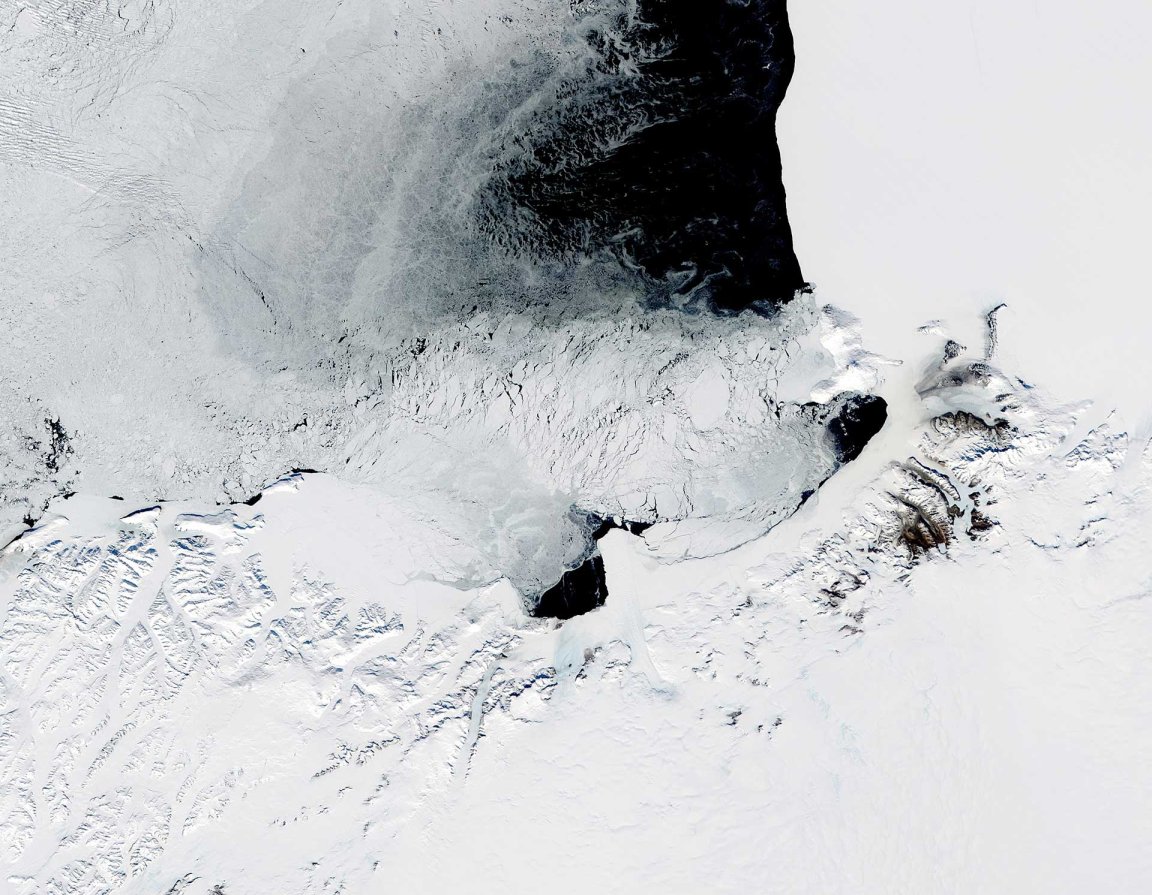
A Maine-Sized Hole
Researchers have observed a huge gap in the layer of ice that covers Antarctica’s Weddell Sea during the winter. The hole is as large as the state of Maine and was first spotted around a month ago by scientists from the University of Toronto and the Southern Ocean Carbon and Climate Observations and Modeling project.
“It looks like you just punched a hole in the ice,” Kent Moore, a professor of physics at the University of Toronto, told Motherboard. “This is hundreds of kilometers from the ice edge,” he added. “If we didn’t have a satellite, we wouldn’t know it was there.”

The researchers were monitoring the area with satellites because a similar hole in Antarctica’s ice opened up in 2016. This year’s hole — a phenomenon also known as a polynya — measures around 77,699 square kilometers (30,000 square miles), making it the largest observed in the Weddell Sea since the 1970s.
Back Again
This hole in Antarctica’s ice formed because deep water from the Southern Ocean is pushed upwards by currents until it melts the topmost layer of ice. When that warm water is exposed to the atmosphere, it cools, sinks, and is reheated in deeper areas, continuing the cycle and preventing the formation of a new ice blanket.
While scientists know the basics regarding how this hole formed, they are less certain about its root cause and potential future effect on Antarctica and its oceans, Moore told National Geographic. They also aren’t sure whether it’s been prompted by climate change or something else, such as local marine life.
Moore calls the fact that the polynya came back after a forty year absence “remarkable,” and he and the rest of the researchers are now attempting to find out exactly what prompted this return and what future changes it might bring about.